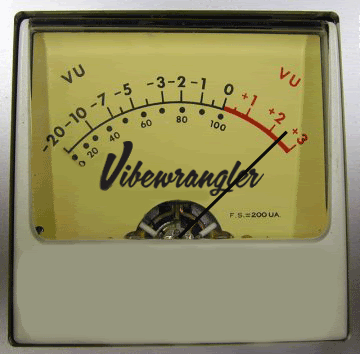Monday, August 17, 2009
Showing Bill Majoros How to post utube vids on a Blog!
My good friend Bill Majoros of The Foreign Films is getting ready to release some tunes.
Ive suggested he start a blog. How the fuck do i do this he asks.
Step 1. Learn to post Youtube videos and say something about them.
Like how come the vid we posted sounds and looks so bad? No matter.
Its just an example of what not to do. LOL.
Thursday, August 13, 2009
Recording World Loses Musical Giant and Inventor: Les Paul
Apart from his continual weekly club performances well into his 90's this giant of the instrument was know for his innovative musical style as well as his inovations in recording techinique.
Paul even built his own disc-cutter assembly, based on auto parts. He favored the flywheel from a Cadillac for its weight and flatness. Even in these early days, he used the acetate disk setup to record parts at different speeds and with delay, resulting in his signature sound with echoes and birdsong-like guitar riffs. When he later began using magnetic tape, the major change was that he could take his recording rig on tour with him, even making episodes for his 15-minute radio show in his hotel room.
Here is a great example his unique performance that demonstrates both his wonderful guitar playing and technical inovation as he plays along with pre-recorded takes of himself and Mary Ford in an arrangement of the Jazz standart "How Hight the Moon". His talented wife Mary Ford was a well known and respected Jazz and Pop singer of the 1940's.
Les Paul's need for multiple non-destructive tracks was obvious and his re-invention of the Ampex 200 inspired Ampex to develop two-track and three-track recorders. These machines were the backbone of professional recording, radio and television studios in the 1950s and early 1960s. In 1954, Paul continued to develop this technology by commissioning Ampex to build the first eight track tape recorder, at his expense. The machine took three years to get working properly, and Paul said that by the time it was functional his music was out of favor and so he never had a hit record using it. His design became known as "Sel-Sync," (Selective Synchronization) in which a specially modified electronics could either record or playback from the Record Head, which was not optimized for playback but was acceptable for the purposes of recording an "overdub" (OD) in sync with the original recording. This is the core technology behind multi-track recording.
Like Bing Crosby, Paul and Ford also used the now-ubiquitous recording technique known as close miking, where the microphone is less than six inches from the singer's mouth. This produces a more intimate, less reverberant sound than is heard when a singer is a foot or more from the microphone. When implemented using a cardioid-patterned microphone, it emphasizes low-frequency sounds in the voice due to a cardioid microphone's proximity effect and can give a more relaxed feel because the performer isn't working so hard.

